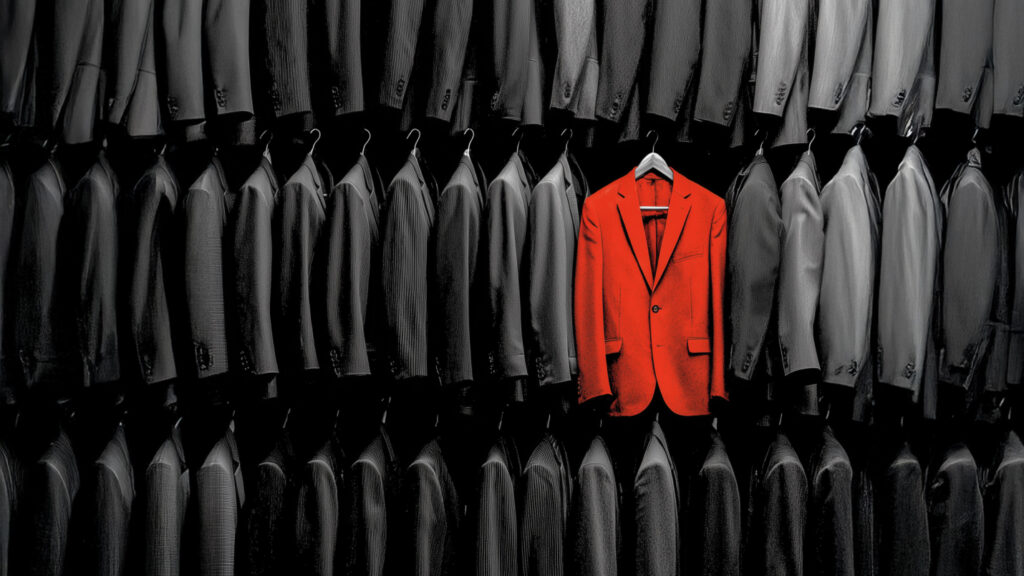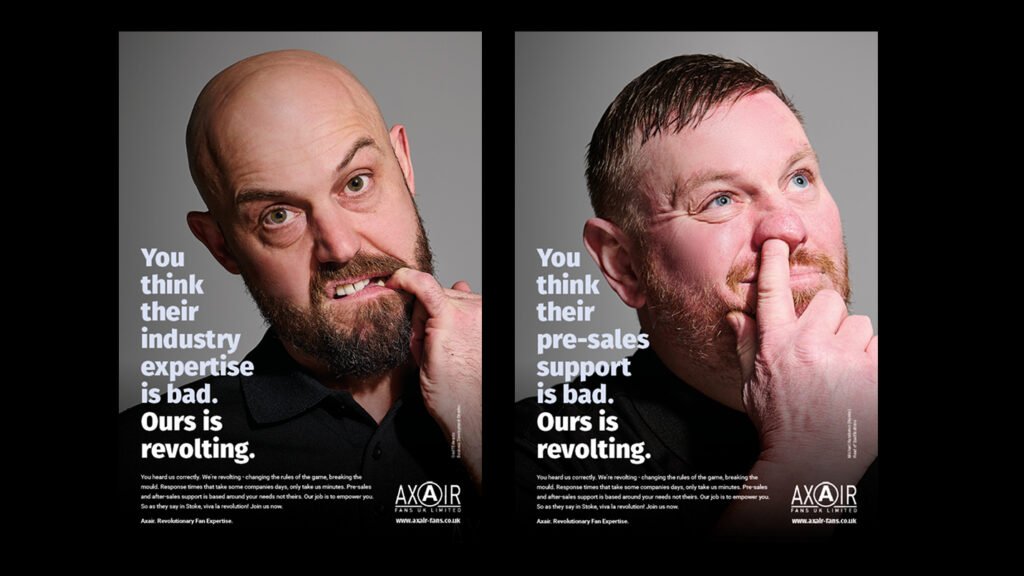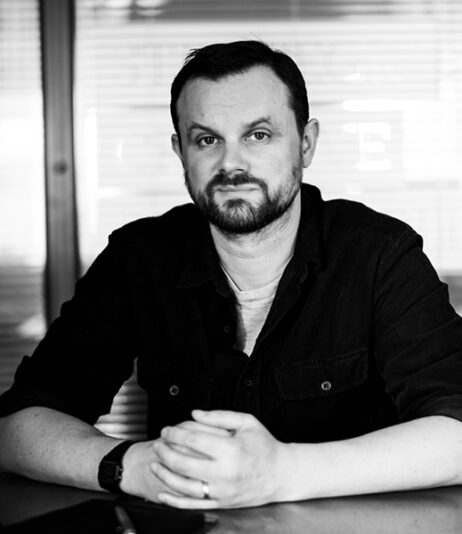How to prove the power of B2B creativity to the C-suite

The key role of creativity in effective marketing isn’t a new debate – but it is one that’s still raging. That’s particularly true in B2B, where many organisations have built their businesses on the power of rationality and cold, hard logic.
This means there’s typically a very high bar for the marketing team – that small band of irrational beings that live somewhere down the hall – to prove anything, let alone a concept as esoteric as the impact of creative advertising on human emotions. Just hearing that sentence will give the ick to many a technical director or MD.
But things are changing. There’s a growing body of marketing science and research that demonstrates the business benefit of creativity using that same cold, hard logic. Critically, it’s also demonstrating the commercial benefit that organisations might be passing up if they’re not canny about using creativity properly.
Taking the long view
At its core, this is about the dual role marketing plays in businesses – the “long” creation of brand fame and mental availability, and the “short” focus on sales activation, as Peter Field and Les Binet described it. A major opportunity for creativity – insofar as we mean the ability to engage with people – lies in the “long” activity, as this is about how memorable you can be; the level of mental availability you generate that means you’re at the front of the queue when someone is looking to buy.

So far, so established marketing wisdom. The smart bit arrived more recently, when people such as Peter Field employed a high level of academic rigour to assess just how this might be proved or disproved. Using his work on excess share of voice (ESOV) as a basis, Field analysed a range of marketing campaigns across a 24-year period to see if there was a correlation between the level of market share growth per level of ESOV and the creative quality of the campaign.
Field measured creative quality by classifying campaigns as either “interesting” work that relied on emotional engagement to create fame and memorability, or “dull” campaigns that focused primarily on a dry, rational sales-based approach.

Source: IPA effectiveness databank, 1998-2022 cases.
The difference, as you can see in this chart, is pretty stark. Campaigns with a strong creative focus can return as high as 6.1 times the impact on market share growth as dull campaigns – a big increase in the ROI for every £1 spent on media. As Adam Morgan has put it, there is an extraordinary cost to dull marketing.
Boardroom lingua franca
These statistics give marketers some powerful ammunition when looking to persuade their boards to support investment. They can be used in conjunction with their own data on ESOV and market share to create some simple financial modelling on how different approaches to marketing are likely to impact future revenue. They also build a business case for why the relatively modest additional budget needed to undertake creative, emotionally engaging work is so important.
Essentially, the work of people like Peter Field has helped to form a bridge between the previously abstract realms of “long” brand marketing and the financial lingua franca of the boardroom.
The challenge, then, is to ensure you can harness creativity in the right way. In B2B, this means not undermining the credibility of your brand with buyers. Too dull or “short” an approach and you fail to reap the rewards, but any campaign concept must have laser-focused relevancy to the audience and their needs if it is to work. Random acts of creativity will not cut it, and will likely lead to wasted budget.

Creativity in B2B isn’t about being wacky for the sake of it. It’s about being remembered. Used with precision and purpose, creativity becomes a growth engine – one that speaks the board’s language and earns its place on the balance sheet.
So the next time someone tells you B2B buyers only care about facts and features, show them the numbers.
A newsletter actually worth reading
We dislike spam as much as you do. So we promise to only grace your inbox when we’ve got something valuable to say.


